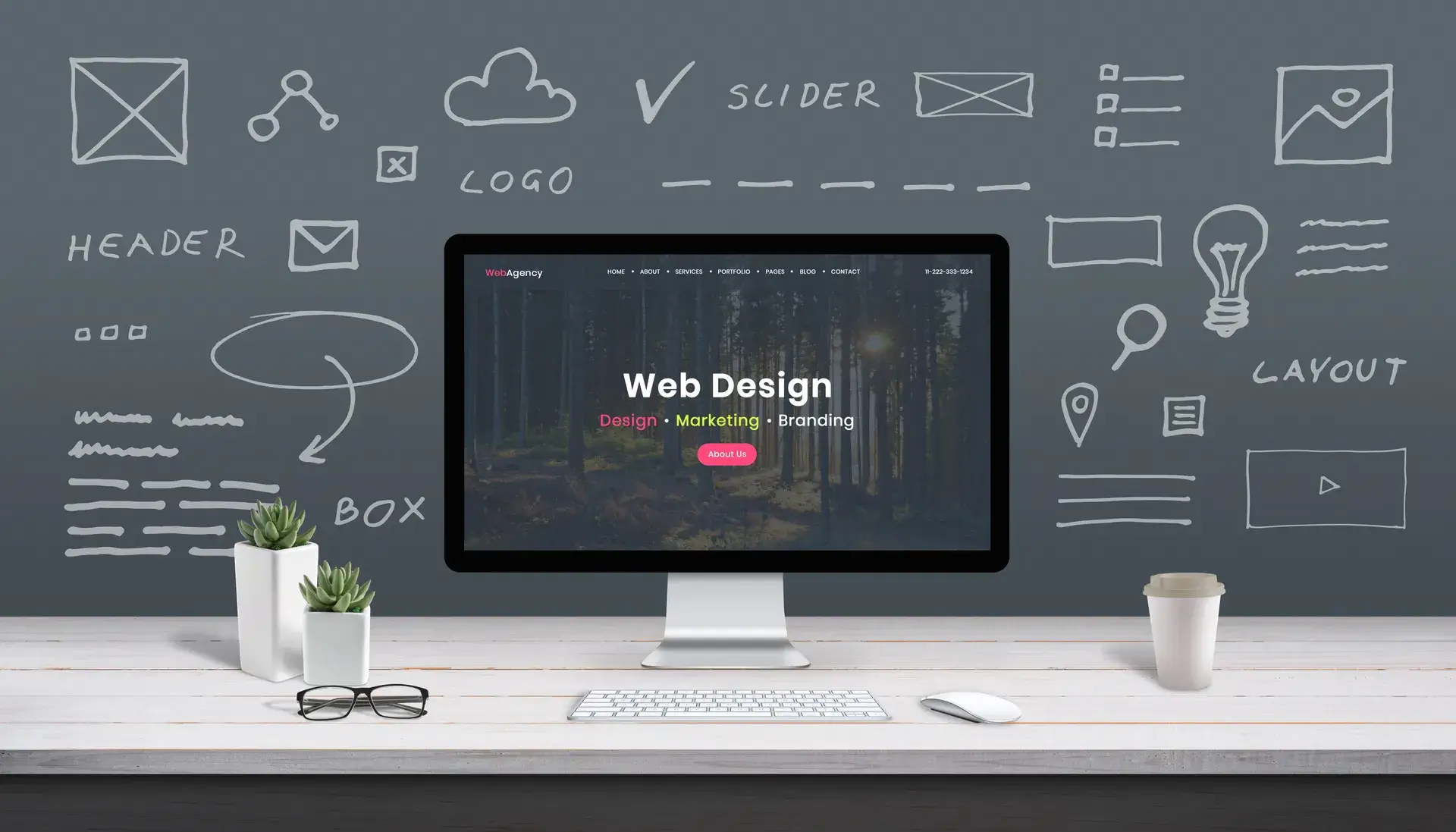User experience (UX) design is crucial for creating websites that not only attract visitors but also keep them engaged. A well-thought-out UX design improves usability, accessibility, and pleasure from interaction with your website. In this guide, we will delve into the essential elements of UX design and provide strategies to optimize your website for a better user experience.
What is UX Design?
UX design focuses on the overall experience a user has when interacting with a website. It's about understanding the needs of your audience and crafting an interface that meets those needs effectively. Good UX design is vital for ensuring users feel comfortable and valued, which can lead to higher conversion rates and retention.
Why UX Design Matters
Effective UX design matters for several reasons:
- Improves User Satisfaction: A well-designed interface makes navigation intuitive and tasks easier to complete, leading to happier visitors.
- Increases Conversions: By guiding users through a seamless journey, good UX design can significantly improve conversion rates.
- Encourages Repeat Visits: Providing a great user experience encourages users to return, enhancing brand loyalty and trust.
Key Principles of UX Design
1. User-Centered Design
Your design should prioritize the needs and capabilities of your users. Conduct user research to understand their behaviors, preferences, and pain points.
2. Consistency
Consistency in design elements (like fonts, colors, and layouts) creates a cohesive experience and helps users navigate your site with ease.
3. Usability
Ensure your website is user-friendly. Simplicity and clarity in features and navigation reduce confusion and enhance usability.
UX Design Strategies for Your Website
1. Conduct User Research
Use surveys, interviews, and analytics to gain insights into your users' needs and behaviors. This information will guide your design decisions.
2. Create User Personas
User personas are fictional characters representing your ideal users. These guides help you design with your target audience in mind.
3. Wireframes and Prototypes
Before finalizing designs, create wireframes and prototypes to visualize the layout and flow of your site. Test these with real users for feedback.
4. Usability Testing
Conduct usability testing to identify any issues users face while navigating your site. Use this data to refine your design.
Conclusion
Investing in UX design for your website is essential for fostering a positive user experience. By prioritizing user needs, maintaining consistency, and implementing best practices, you can create a website that not only meets user expectations but exceeds them. At Prebo Digital, our team of design experts is ready to take your website to the next level with high-quality UX design. Contact us today for a consultation!














